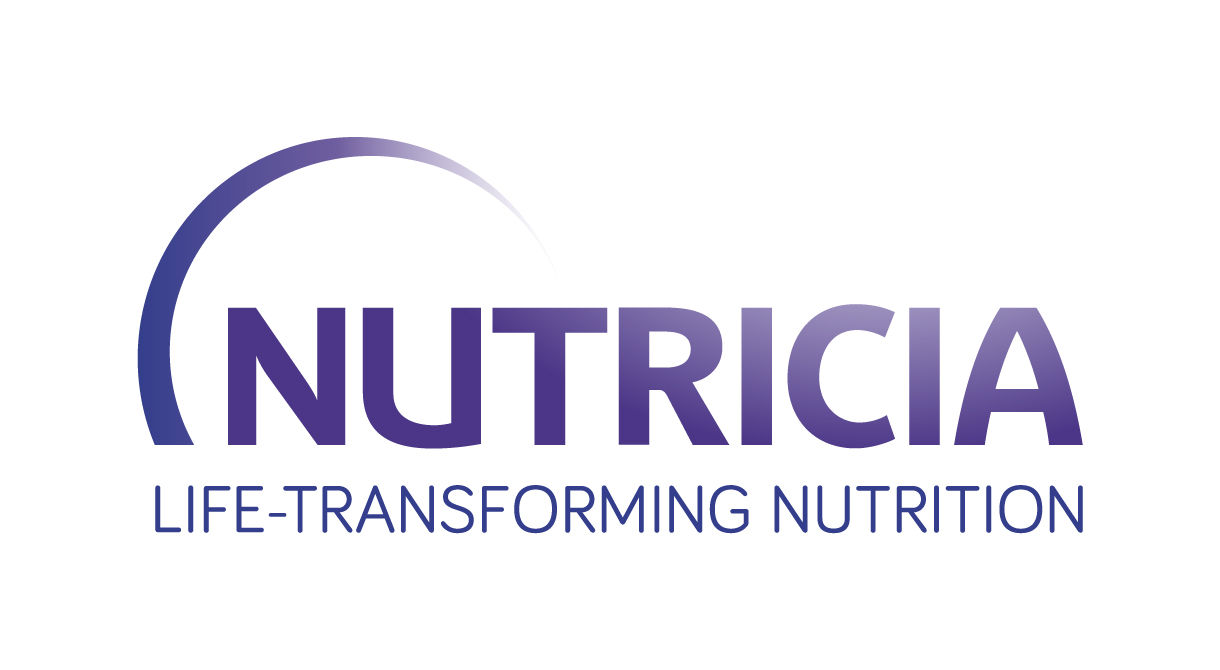Biotics in infant formula
Breast is best. However, it has never been the only option. There was, and will always be, a need for human milk substitutes, no matter how successful the promotion of breastfeeding. Currently available infant formulas do not raise safety concerns regarding growth and adverse effects. However, there are differences between breastfed and formula-fed infants with respect to short- and long-term outcomes. Thus, opportunities for further improvement of infant formulas exist. Considering the role the gut microbiota plays in health and diseases, efforts are being made to refine the composition of infant formulas to resemble the functionality of human milk. This includes the addition of biotics such as probiotics, prebiotics, synbiotics and postbiotics to infant formulas.
Breastmilk rich in lipids
Finally, the Satellite session was closed by Prof Anita Hokken-Koelega talking about the Next generation Lipids: new evidence to support healthy growth and development in the F1000D. Exclusively breastfed infants have the best start in life in terms of growth quality & metabolic development. As such, breastfeeding has been associated with a protective effect against later life obesity and NCDs. Next to biotics, breastmilk is rich in lipids, important for growth, brain and cognitive development as well as gastrointestinal and immune function. In breastmilk, the lipid moiety is comprised of large droplets with a volume-based mode diameter of 4 μm, enveloped by a complex triple-layer membrane mainly consisting of phospholipids, sphingomyelin, membrane-specific proteins, and cholesterol.







